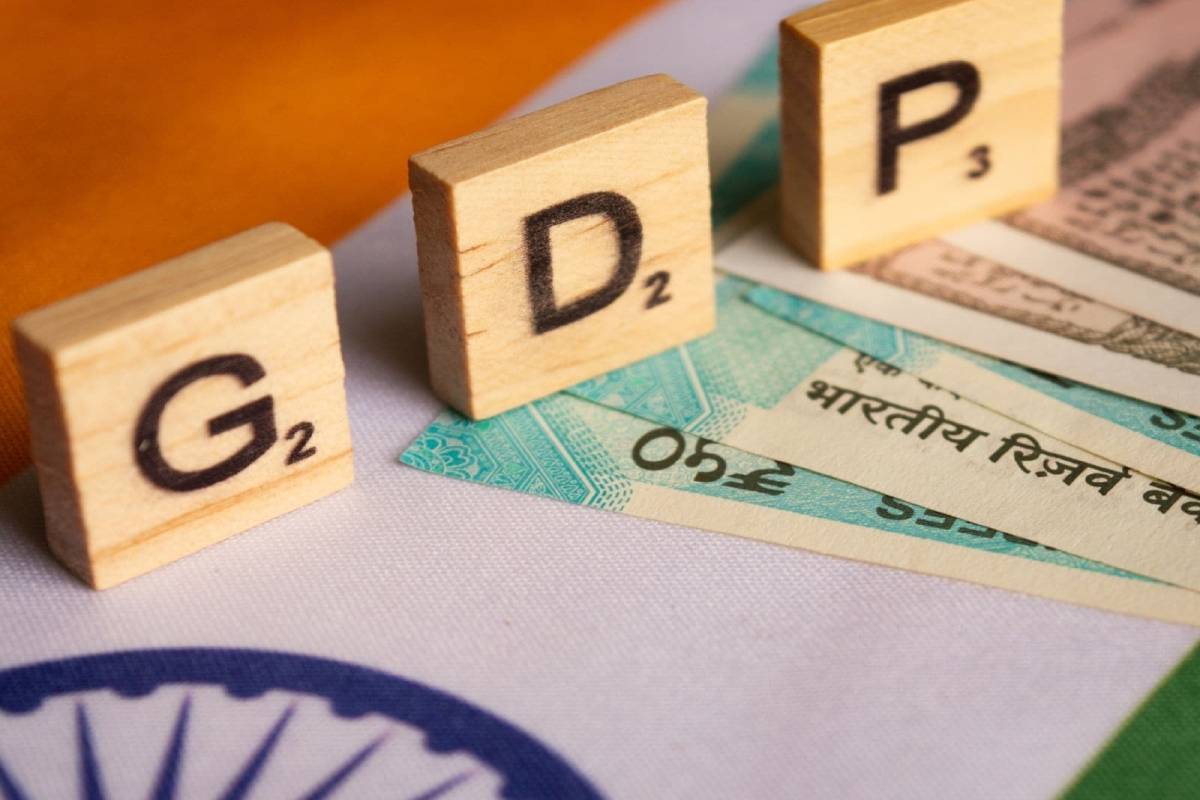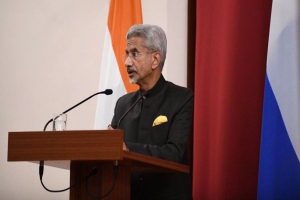India’s economic trajectory, once celebrated for its resilience and rapid growth, is now encountering significant headwinds. With GDP growth projected to slow to 6.4 per cent in the upcoming fiscal year, the lowest in four years, policymakers face the daunting task of reigniting momentum amid global uncertainties and waning domestic confidence. The moment demands a recalibration of India’s economic playbook to navigate these challenges while laying a foundation for sustainable growth.
A key concern is sluggish domestic consumption. Despite robust infrastructure spending in recent years, wage stagnation and limited job creation have hampered household spending, a critical driver of India’s economy. This stagnation has placed the economy in a state of limbo, where cautious consumer behaviour inhibits demand recovery. Addressing this requires a two-pronged strategy: stimulating short-term consumption while fostering long-term income growth through employment opportunities. Boosting rural demand must also be a priority, as it remains a vital pillar of India’s economy. Strengthening agricultural incomes and enhancing rural infrastructure can significantly spur broader economic recovery. India’s policymakers must consider loosening monetary and fiscal policies to reinvigorate the economy.
Advertisement
Lowering interest rates could encourage borrowing and investment, while targeted fiscal measures ~ such as tax cuts or direct cash transfers ~ could put more money into consumers’ hands. However, this should not come at the expense of fiscal discipline. Policymakers must strike a delicate balance between stimulating demand and maintaining macroeconomic stability, particularly as global economic uncertainties loom large. One of India’s unique opportunities lies in its potential to enhance its trade profile. With global trade dynamics likely to shift in the coming years, India can position itself as an attractive alternative in global supply chains. Proactive tariff rationalisation and deeper integration into global value chains are crucial steps in this direction. Furthermore, adopting measures that anticipate and address potential global trade challenges, such as tariff wars, can help India safeguard its economic interests.
The exchange rate is another lever that requires careful management. A competitive rupee can bolster exports, but policymakers must mitigate inflationary risks associated with a weaker currency. This balance will be essential as India seeks to strengthen its export-oriented sectors while supporting domestic economic stability. Leadership changes in key economic institutions like the Reserve Bank of India signal a renewed focus on growth-oriented policies. These shifts must translate into actionable reforms that address structural bottlenecks. Investments in sectors such as manufacturing, technology, and renewable energy could unlock new growth avenues and create jobs, while sustained emphasis on infrastructure development can drive long-term economic resilience.
Ultimately, India’s path forward requires a concerted effort to restore confidence among businesses and consumers. Rebuilding the economy’s “animal spirits” will depend on decisive and well-calibrated policy actions. As the government prepares to unveil its annual budget, it has a critical opportunity to set a clear, growth-oriented agenda that not only tackles immediate challenges but also lays the groundwork for a more resilient and inclusive economic future











